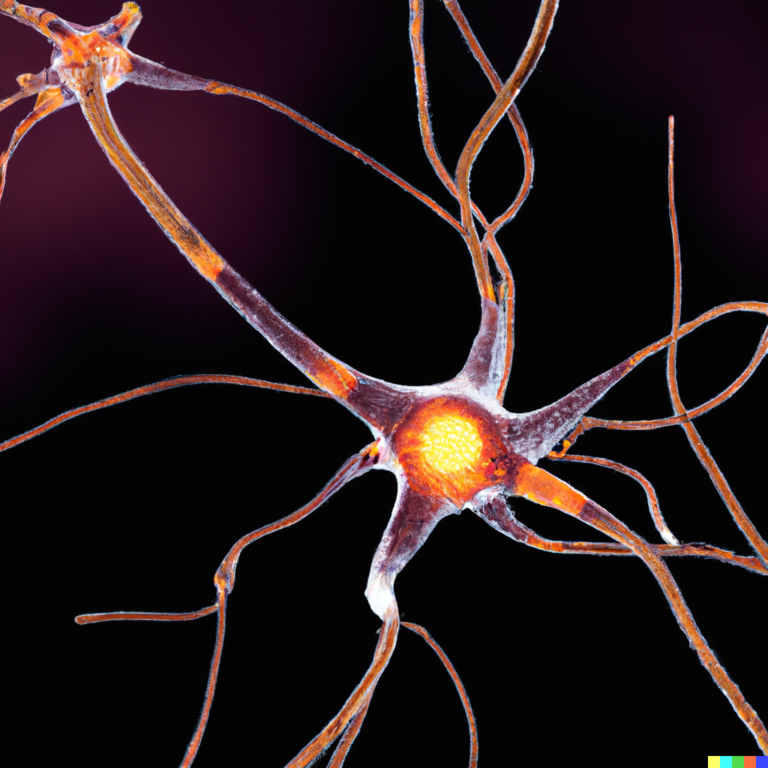Midlife mood swings can feel like a rollercoaster, with sudden shifts from happiness to irritability or sadness that seem hard to control. These mood changes are common during middle age and often linked to the many physical, emotional, and life changes happening at this time.
One big factor is the natural change in hormones. For women, menopause brings fluctuating levels of estrogen and progesterone. These shifts can cause hot flashes, sleep problems, and mood disturbances like increased anger or irritability. The drop in these hormones also affects brain chemicals such as dopamine—the “feel-good” hormone—making it harder to feel pleasure or motivation sometimes. This can lead to feelings of depression or a loss of joy known as anhedonia.
Men experience hormonal changes too; testosterone gradually declines after age 30 or 40. Lower testosterone levels may contribute to symptoms like low energy, depression, reduced sex drive, and trouble sleeping.
Besides hormones, midlife often comes with other stressors that affect mood:
– Physical health issues might arise more frequently.
– Career pressures or financial worries can increase.
– Relationships may shift as children grow up and leave home (empty nest syndrome), leading some parents to feel lonely or uncertain about their new role.
– The awareness of aging itself might bring anxiety about the future.
Managing these mood swings starts with understanding what’s going on inside your body and mind but also taking practical steps every day:
**1. Prioritize Sleep:** Poor sleep worsens mood swings by making it harder for your brain to regulate emotions. Try sticking to a regular bedtime routine and create a calm environment for rest.
**2. Stay Active:** Exercise releases endorphins which boost your mood naturally. Even gentle activities like walking or yoga help reduce stress hormones.
**3. Eat Well:** Balanced nutrition supports brain health; foods rich in omega-3s (like fish), fruits, vegetables, and whole grains provide nutrients that stabilize moods.
**4. Manage Stress:** Techniques such as deep breathing exercises, meditation, mindfulness practices—or simply spending time doing things you enjoy—can lower anxiety levels significantly.
**5. Connect With Others:** Social support is crucial during midlife transitions; talking openly with friends or family members helps process feelings rather than bottling them up inside.
**6. Seek Professional Help When Needed:** If moods become overwhelming—persistent sadness beyond typical ups-and-downs—or interfere with daily life consider consulting a healthcare provider who understands midlife challenges including hormonal therapies if appropriate for women experiencing menopause symptoms.
Remember that midlife is not just about loss but also opportunity—a chance for self-reflection and growth once you learn how best to care for yourself emotionally through these natural changes in life’s journey.





